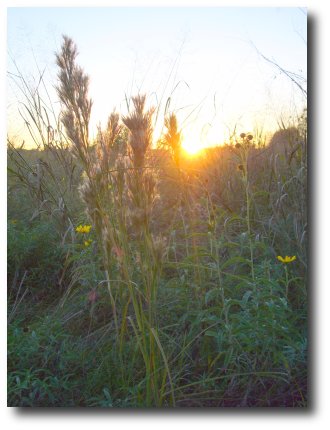 A story on MyWestTexas.com talks about the possibility of the Mallet Ranch (Hockley County) in the High Plains becoming an outdoor education center.
A story on MyWestTexas.com talks about the possibility of the Mallet Ranch (Hockley County) in the High Plains becoming an outdoor education center.
I don’t know if the author is referring to the whole 50,000 acre ranch or just an area around the ranch buildings, or if the Mallet Ranch still contains good quality shortgrass prairie like the adjacent 6,000-acre Fitzgerald Ranch recently purchased by TNC to protect habitat for lesser prairie chickens and other native wildlife found in the region.
Read the full story at MyWestTexas.com and let us know if you happen to know more about the Mallet Ranch.
An update: There is some additional information about the Mallet Ranch in the Handbook of Texas Online:
""In 1925 and 1926 about 6,000 acres of Mallet land were put into dry-land farming for cotton and feed crops." (meaning the prairie on that acrage was plowed under)
"The Mallet Ranch covered nearly 45,000 acres in 1990, when it was still active."








 In the past, several people have asked me what groups are involved in on-the-ground prairie conservation and restoration. I thought I would start the list in a blog post, and expand on it as we found out or remembered more organizations. (We can make a list of advocacy-only organizations in a future post.)
In the past, several people have asked me what groups are involved in on-the-ground prairie conservation and restoration. I thought I would start the list in a blog post, and expand on it as we found out or remembered more organizations. (We can make a list of advocacy-only organizations in a future post.)